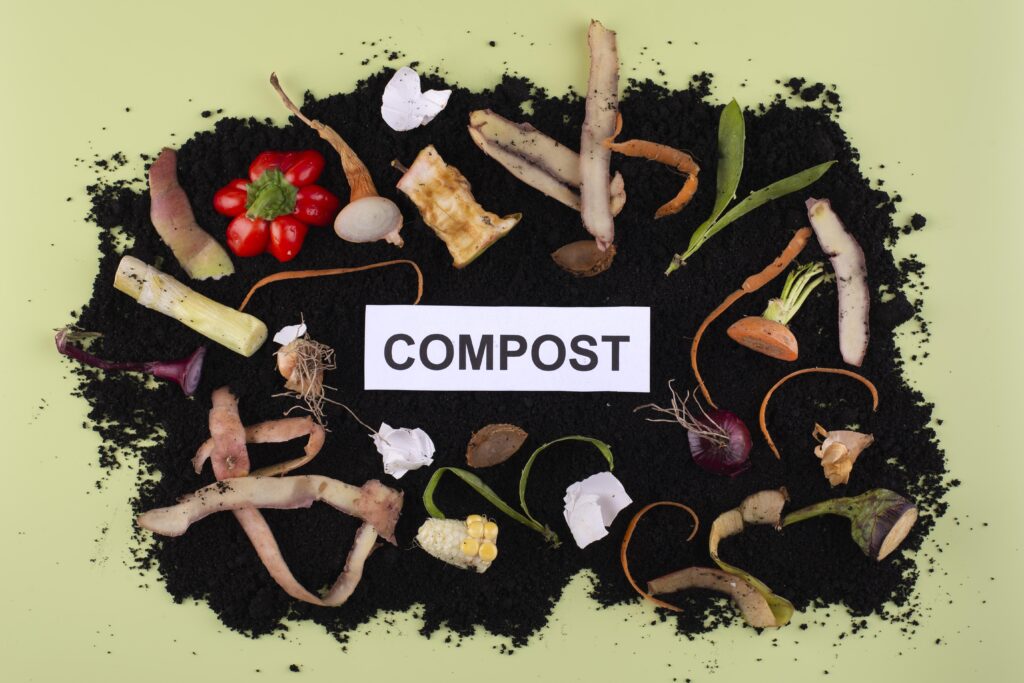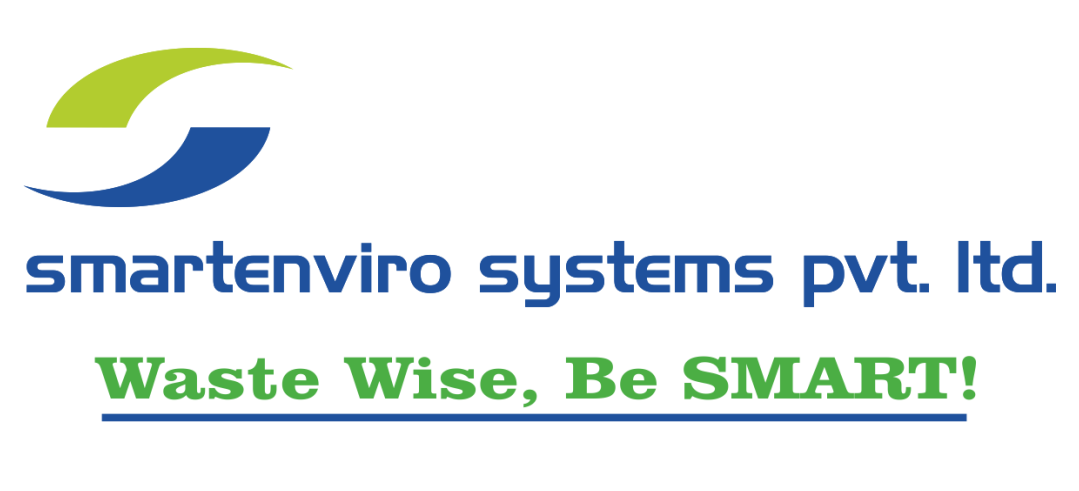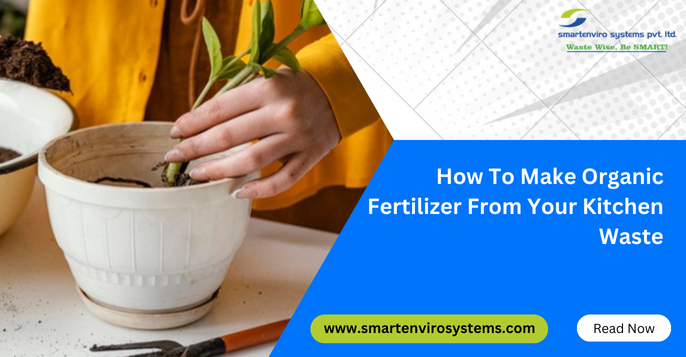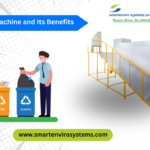Turning kitchen waste into organic fertilizer is an excellent way to reduce waste and provide rich nutrients for your garden. Organic fertilizer made from kitchen waste is not only cost-effective but also environmentally friendly. Here’s a step-by-step guide on how to make organic fertilizer from your kitchen waste.
Understanding Kitchen Waste
Kitchen waste mainly consists of organic materials such as vegetable peels, fruit scraps, coffee grounds, eggshells, and leftover food. These materials are rich in nutrients that can be broken down to create compost, which can be used as a natural fertilizer. Composting kitchen waste helps reduce the amount of waste sent to landfills and provides a sustainable way to recycle nutrients back into the soil.
Benefits of Making Organic Fertilizer
Making your own organic fertilizer has numerous benefits:
- Reduces Waste: Composting kitchen waste decreases the amount of waste that ends up in landfills.
- Cost-Effective: Homemade organic fertilizer is cheaper than buying commercial fertilizers.
- Environmental Impact: Composting reduces methane emissions from landfills, which is a potent greenhouse gas.
- Soil Health: Organic fertilizer improves soil structure, moisture retention, and provides essential nutrients for plants.
Step-by-Step Guide to Making Organic Fertilizer
1. Collecting Kitchen Waste
The first step in making organic fertilizer is to collect kitchen waste. You can use a small container with a lid to collect daily kitchen scraps. Common kitchen waste items suitable for composting include:
- Vegetable and fruit peels
- Coffee grounds and filters
- Tea bags
- Eggshells
- Bread and grains
- Leftover cooked food (excluding meat and dairy)
Avoid adding meat, dairy, and oily foods as they can attract pests and cause odors.
2. Setting Up a Composter Machine
A composter machine is a convenient tool to turn kitchen waste into compost. These machines are designed to handle organic waste efficiently and accelerate the composting process. They are available in various sizes, suitable for small households or larger residential complexes.
Using a composter machine is straightforward:
- Place the collected kitchen waste into the composter.
- Add dry materials like leaves, straw, or shredded paper to balance the moisture content.
- Turn or mix the compost regularly to aerate it and speed up decomposition.
- Monitor the moisture level; the compost should be damp but not soggy.
Composter machines typically have built-in mechanisms to ensure proper aeration and temperature control, making the composting process faster and more efficient.
3. Using an Organic Waste Converter
An organic waste converter is another effective tool for managing kitchen waste. These devices process organic waste through shredding, mixing, and fermentation, producing high-quality compost. Organic waste converters are ideal for households or communities that generate a significant amount of organic waste.
Here’s how to use an organic waste converter:
- Collect your kitchen waste and add it to the converter.
- The machine will shred the waste into smaller pieces, increasing the surface area for microbial activity.
- The waste is then mixed and fermented, breaking it down into compost.
- Depending on the model, some organic waste converters have features to adjust temperature and moisture levels for optimal composting.
Organic waste converters are efficient and can handle large volumes of waste, making them suitable for community gardens or urban farming initiatives.
4. Utilizing a Food Waste Composter
A food waste composter is specifically designed to handle food scraps and other kitchen waste. These composters can be small enough for apartment kitchens or large enough to serve entire residential communities. They break down food waste quickly, producing compost that can be used to enrich the soil.
Using a food waste composter involves:
- Collecting food scraps such as vegetable peels, fruit scraps, coffee grounds, and eggshells.
- Adding the collected waste to the food waste composter.
- Some food waste composters use additives or accelerators to speed up the decomposition process.
- Regularly turning or mixing the compost to ensure proper aeration and moisture balance.
Food waste composters are user-friendly and effective in reducing the amount of waste sent to landfills while producing nutrient-rich compost for gardening.

5. Balancing Carbon and Nitrogen
For successful composting, it’s important to balance carbon-rich and nitrogen-rich materials. Kitchen waste is typically high in nitrogen, so it’s essential to add carbon-rich materials like dried leaves, straw, or shredded paper to balance the compost pile. A good rule of thumb is to use a 2:1 ratio of carbon to nitrogen materials.
Here are some examples of carbon and nitrogen-rich materials:
- Carbon-Rich (Brown) Materials: Dried leaves, straw, sawdust, shredded newspaper, cardboard.
- Nitrogen-Rich (Green) Materials: Vegetable and fruit scraps, coffee grounds, tea bags, fresh grass clippings.
Balancing these materials helps create the ideal conditions for microorganisms to break down the waste into compost.
6. Maintaining the Compost
Maintaining the compost pile or composter is crucial for efficient decomposition. Here are some tips to ensure your composting process is successful:
- Turn the Compost: Regularly turn or mix the compost to provide oxygen and speed up the decomposition process.
- Monitor Moisture: Keep the compost moist but not waterlogged. If it’s too dry, add water; if it’s too wet, add dry materials.
- Temperature Control: Composting generates heat. Maintaining a warm temperature (around 130-150°F) helps kill pathogens and speeds up decomposition.
- Prevent Odors: Proper aeration and balancing of materials can prevent foul odors. Avoid adding meat, dairy, and oily foods that can cause smells.
7. Harvesting the Compost
Composting kitchen waste typically takes a few months, depending on the conditions and the method used. Once the compost is dark, crumbly, and has an earthy smell, it’s ready to use. Here’s how to harvest and use your compost:
- Harvesting: Remove the finished compost from the composter or compost pile. Sift through it to remove any large or undecomposed materials, which can be added back to the compost pile.
- Using the Compost: Spread the compost in your garden beds, mix it into the soil, or use it as a top dressing for plants. Compost enriches the soil with essential nutrients, improves soil structure, and enhances moisture retention.
Conclusion: Smart Enviro System
Adopting modern and efficient waste management solutions is essential for maintaining cleanliness and sustainability. Smart Enviro System offers a range of products designed to make composting kitchen waste easier and more effective. Their Smart Drum Composter and Smart Batch Composter are excellent options for individuals and communities looking to manage their organic waste efficiently.
By implementing these strategies and using advanced composting solutions from Smart Enviro System, you can significantly reduce your waste footprint, contribute to a cleaner environment, and produce high-quality organic fertilizer for your garden. Composting kitchen waste is a simple yet powerful way to promote sustainability and responsible waste management in your home and community.
Making organic fertilizer from your kitchen waste is not only beneficial for the environment but also for your garden. By following these steps and using the right tools, you can turn your kitchen scraps into valuable compost, enriching your soil and supporting healthy plant growth. Embrace the practice of composting and make a positive impact on your surroundings.



